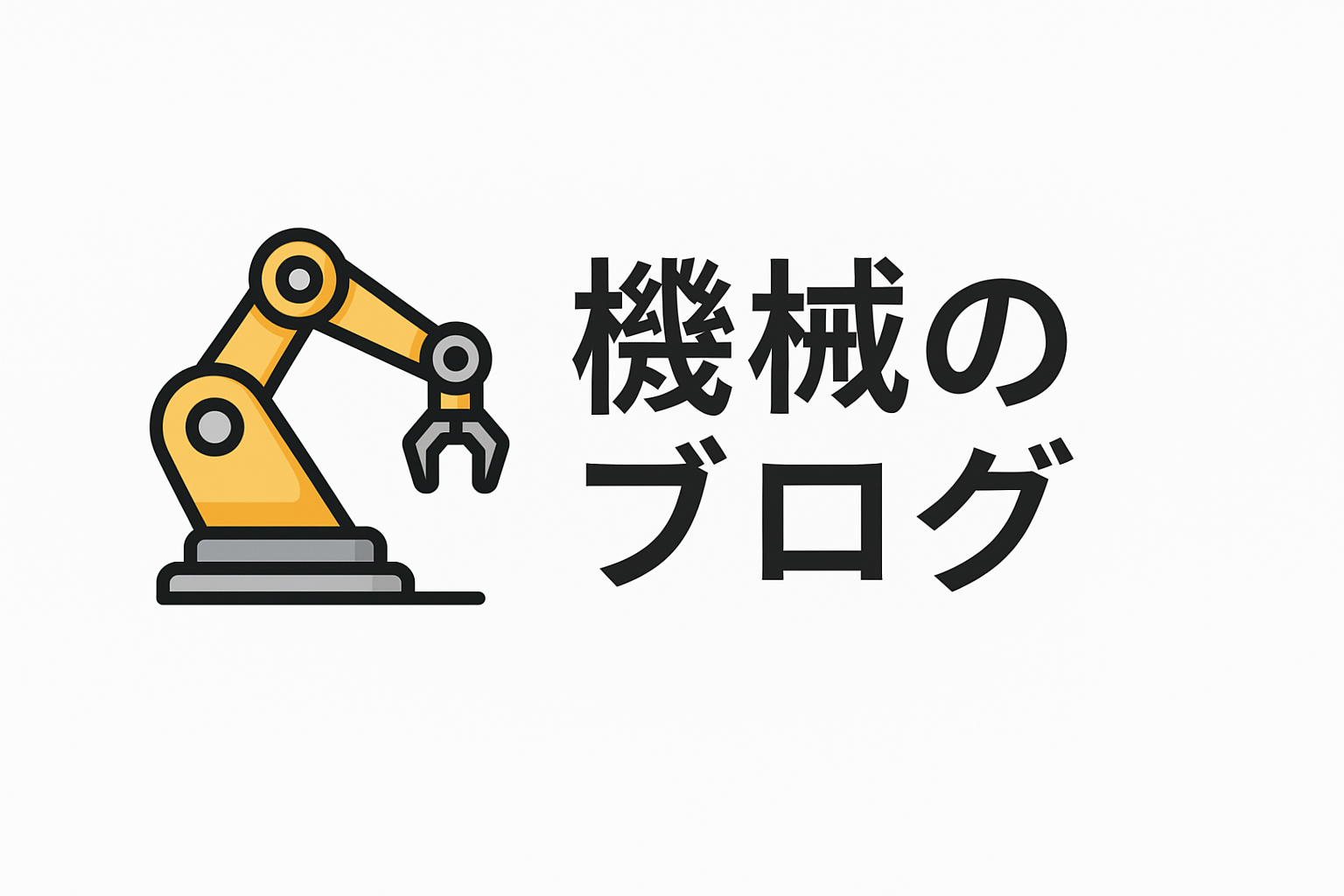Smart Innovation for Small Businesses
In the ever-evolving landscape of manufacturing, staying competitive requires more than just maintaining the status quo. For small businesses, innovation is not just a buzzword but a crucial strategy for survival and growth. Smart innovation refers to the integration of advanced technologies and systems that streamline operations, enhance productivity, and ultimately drive business success. This article explores the concept of smart innovation tailored for small businesses, focusing on practical approaches and benefits.
Section 1: Understanding Smart Innovation
Smart innovation encompasses the adoption of advanced technologies such as the Internet of Things (IoT), artificial intelligence (AI), and automation. It involves rethinking traditional manufacturing processes to increase efficiency, reduce costs, and improve product quality. For small businesses, smart innovation can level the playing field, allowing them to compete with larger enterprises by optimizing resources and enhancing operational capabilities.
At its core, smart innovation is about making informed decisions based on real-time data and insights. This requires a shift from conventional methods to more dynamic and data-driven approaches. By leveraging technologies like machine learning and predictive analytics, small businesses can anticipate market trends, manage supply chains more effectively, and customize products to meet specific customer demands.
Section 2: The Role of Technology in Smart Innovation
Technology plays a pivotal role in enabling smart innovation. With the proliferation of IoT devices, small manufacturing businesses can now collect and analyze data from various sources, including machinery, production lines, and supply chains. This data is invaluable for identifying inefficiencies and areas for improvement.
Artificial intelligence is another critical component, offering capabilities such as predictive maintenance and quality control. AI-powered systems can monitor equipment performance, predict failures before they occur, and suggest optimal maintenance schedules. This proactive approach reduces downtime and enhances overall productivity.
Furthermore, automation technologies streamline repetitive tasks, freeing up human resources for more strategic activities. Automated systems can handle everything from inventory management to order processing, allowing small businesses to scale operations without proportionally increasing labor costs.
Section 3: Benefits of Adopting Smart Innovation
The adoption of smart innovation in small businesses yields numerous benefits. Firstly, it leads to cost savings by optimizing resource utilization and minimizing waste. Automated systems and AI-driven insights enable businesses to operate more efficiently, reducing the need for excess inventory and energy consumption.
Secondly, smart innovation enhances product quality and consistency. With real-time monitoring and control systems, manufacturers can maintain high standards and quickly address any deviations. This not only improves customer satisfaction but also strengthens brand reputation.
Moreover, smart innovation facilitates better decision-making. Access to comprehensive data and analytics empowers business leaders to make informed strategic choices, from product development to market expansion. This agility is crucial in a rapidly changing market environment where being reactive is no longer sufficient.
Finally, embracing smart innovation fosters a culture of continuous improvement. By constantly analyzing performance and seeking opportunities for optimization, small businesses can stay ahead of the curve and adapt to emerging trends and technologies.
Section 4: Challenges in Implementing Smart Innovation
While the benefits of smart innovation are clear, small businesses often face challenges in implementation. One of the primary hurdles is the initial investment required for technology adoption. Many small manufacturers operate on tight budgets, making it difficult to allocate funds for new technologies and systems.
Another challenge is the lack of expertise and skills needed to manage and maintain advanced technologies. Small businesses may not have the resources to hire specialized staff, and existing employees may require extensive training to adapt to new processes and tools.
Additionally, integrating smart technologies with existing systems can be complex and time-consuming. Small businesses must ensure that new solutions are compatible with their current infrastructure and do not disrupt ongoing operations.
Data security is also a significant concern. As businesses collect and analyze more data, they must implement robust security measures to protect sensitive information from cyber threats.
Section 5: Strategies for Successful Smart Innovation
To successfully implement smart innovation, small businesses should start with a clear strategy and roadmap. This involves identifying specific goals and objectives, such as improving efficiency, reducing costs, or enhancing product quality.
Collaboration and partnerships can also play a vital role. By working with technology providers, research institutions, and industry experts, small businesses can access the expertise and resources needed for successful implementation.
Investing in employee training and development is crucial. Providing staff with the necessary skills to manage and utilize new technologies ensures a smooth transition and maximizes the benefits of smart innovation.
Finally, businesses should adopt a phased approach to implementation. Starting with pilot projects allows for testing and refinement before scaling up. This reduces risk and helps build confidence across the organization.
Conclusion
Smart innovation is a powerful catalyst for growth and competitiveness in the manufacturing sector, particularly for small businesses. By embracing advanced technologies and data-driven strategies, small manufacturers can enhance efficiency, reduce costs, and improve product quality. While challenges exist, with careful planning and strategic implementation, the benefits of smart innovation far outweigh the hurdles. As the manufacturing landscape continues to evolve, small businesses that prioritize smart innovation will be well-positioned to thrive in the future.









